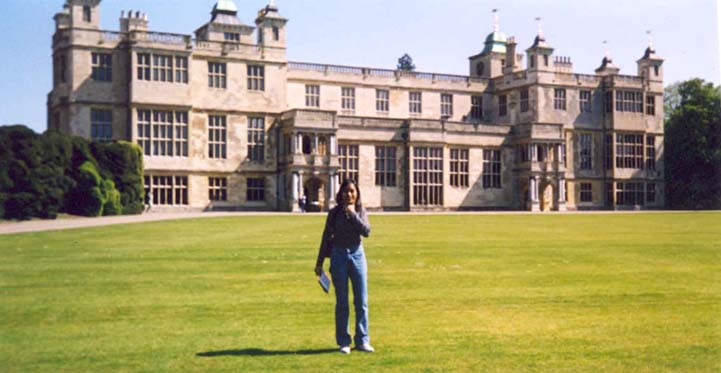|
| |
 |
Castle Howard was
designed by Sir John Vanbrugh and built over a
period of 100 years, starting in about 1700.
Before this, Vanbrugh had never built a house
before - he was originally a playwright.
Vanbrugh employed Nicholas Hawksmoor as his
principal architect. Later, the two collaborated
again to build Blenheim Palace for the Duke of
Marlborough. The principal glories of the house
are the dome, the first of its kind to be used
on a private house in England, and the many
detailed statues adorning the building.
Unfortunately photography inside is not
permitted, but the house contains numerous
superb paintings and sculptures. |
|

 |
Blenheim
palace was built for John Churchill, first Duke
of Marlborough. He won his Dukedom by winning
the War of Spanish Succession, which mostly
consisted of England fighting France. His most
famous victory was the Battle of Blenheim, after
which the palace was named.
Blenheim Palace was designed by John Vanbrugh, ably assisted by Nicholas Hawksmoor. It
took many years to complete in the first quarter of the eighteenth century. Inside, it
contains many tremendous works of art including paintings, sculpture and furniture, as
well as the interior itself.
Like many grand country houses, Blenheim Palace is surrounded by extensive parkland.
The area closest to the house is protected by a ditch with one side sloping and the side
nearest the house a steep wall, called a `ha-ha'. The idea is that the parkland is kept in
good condition by grazing sheep, and the ha-ha stops the sheep from getting into the
formal gardens and eating the flowers and vegetables. |
|
 |
Audley End House,
near the Essex / Suffolk border, was
originally a modest country house belonging
to Sir Thomas Audley, built on the site of a
former Benedictine monastery. This original
house was demolished by his grandson, the
first Earl of Suffolk, who built a
magnificent house, almost the size of a
palace. However, the King (James I) found
out where he had got the money from to pay
for it. He was imprisoned for embezzlement,
and dies in disgrace soon afterwards. Bits
of the house became unsafe and were
demolished, but the core remains and is
still lived in today. The grounds are often
used for events such as concerts. |
|





|